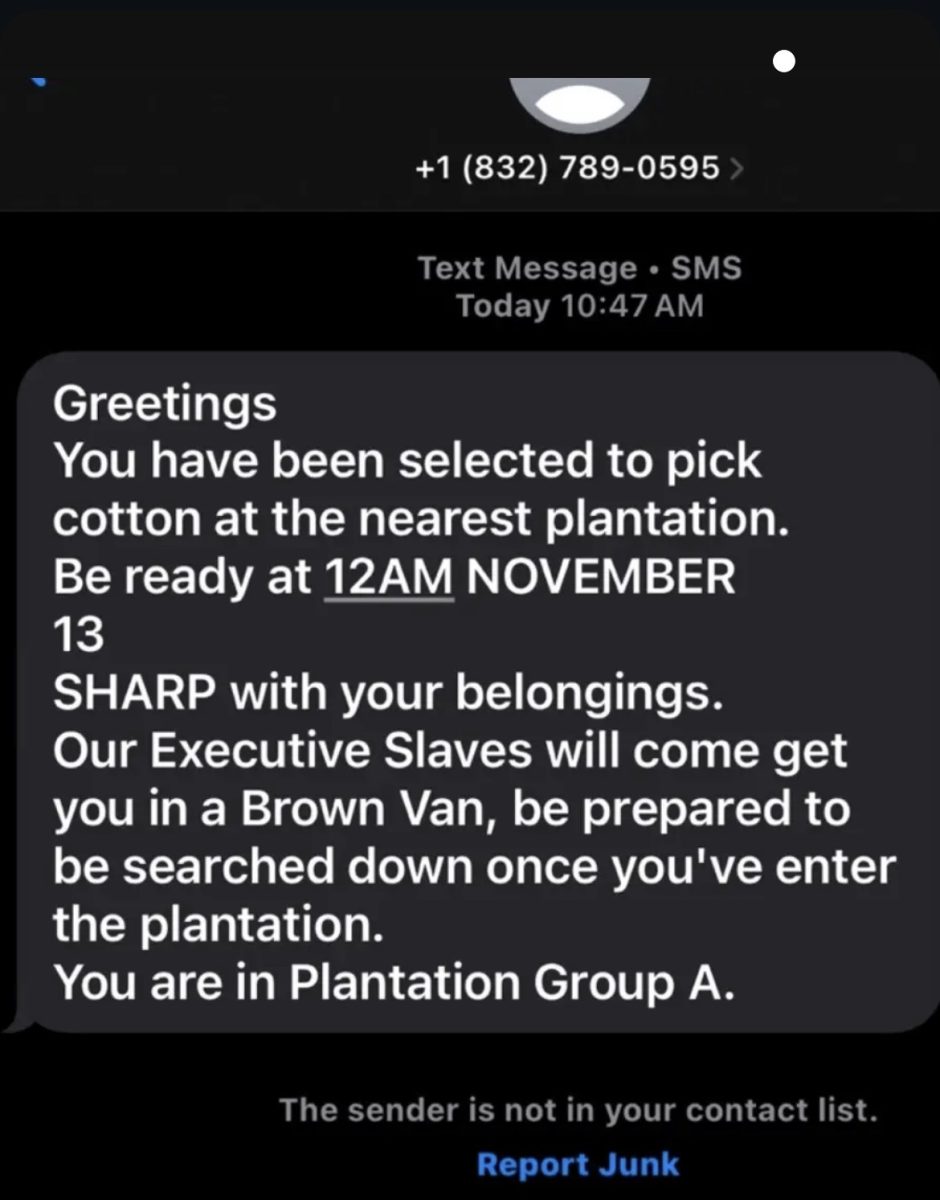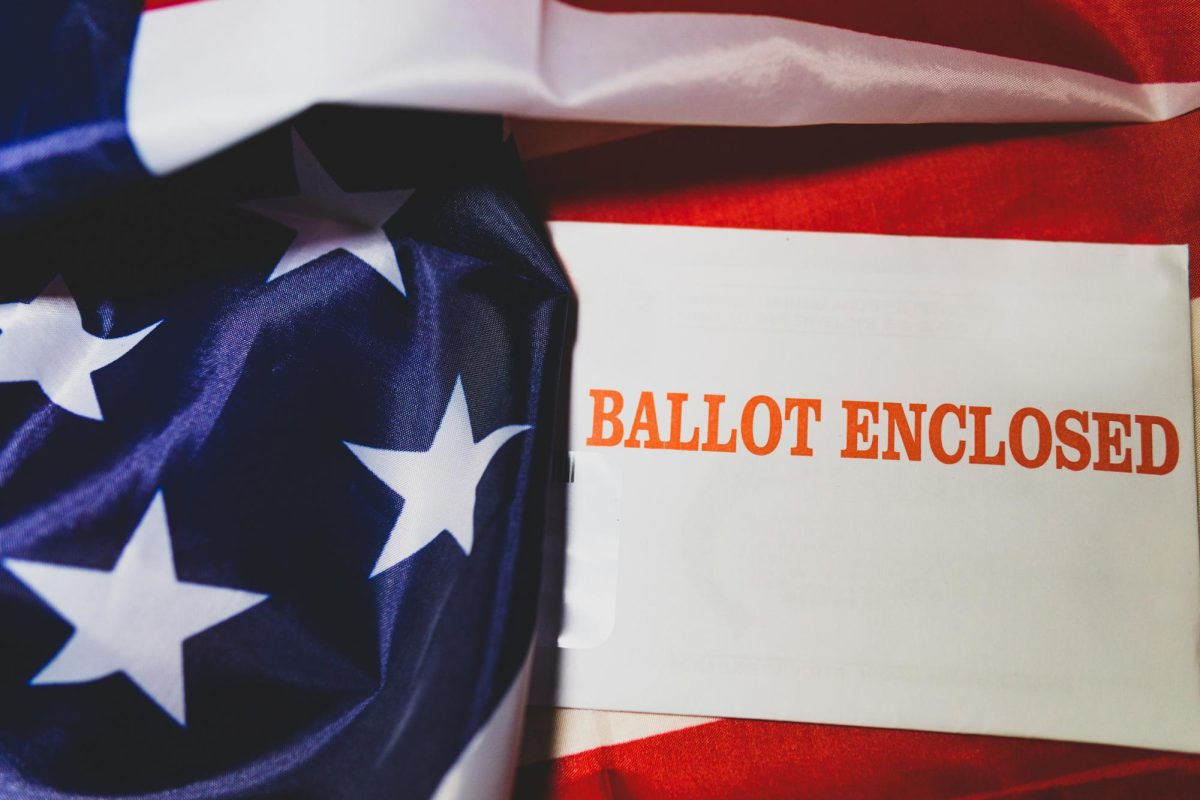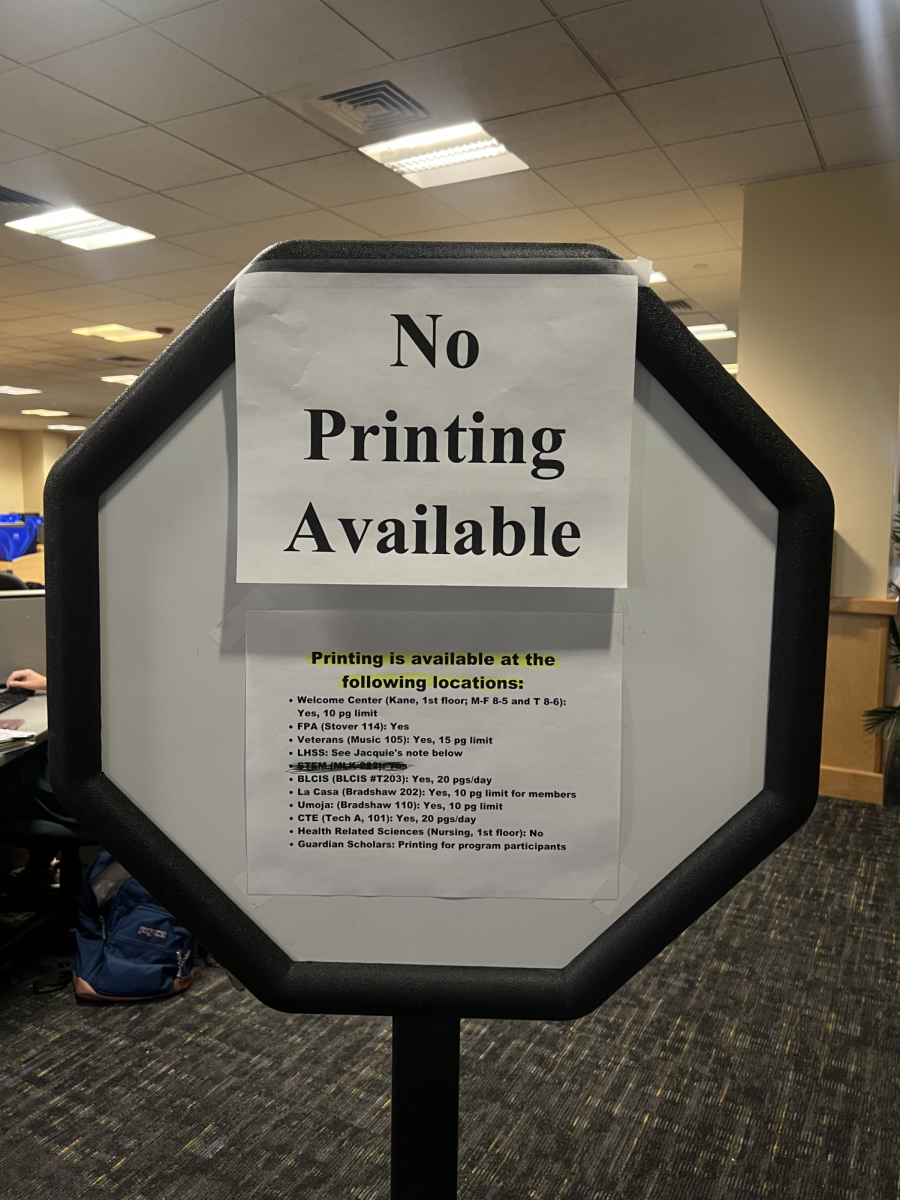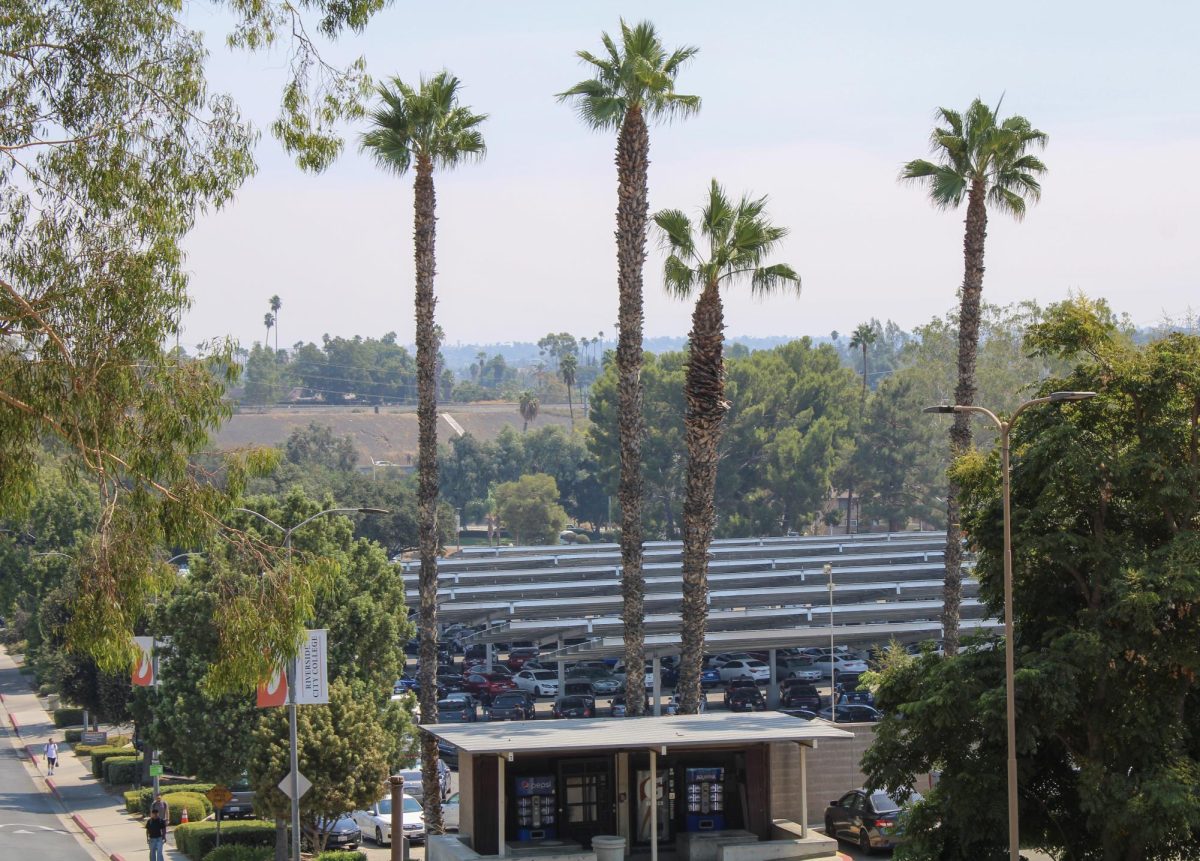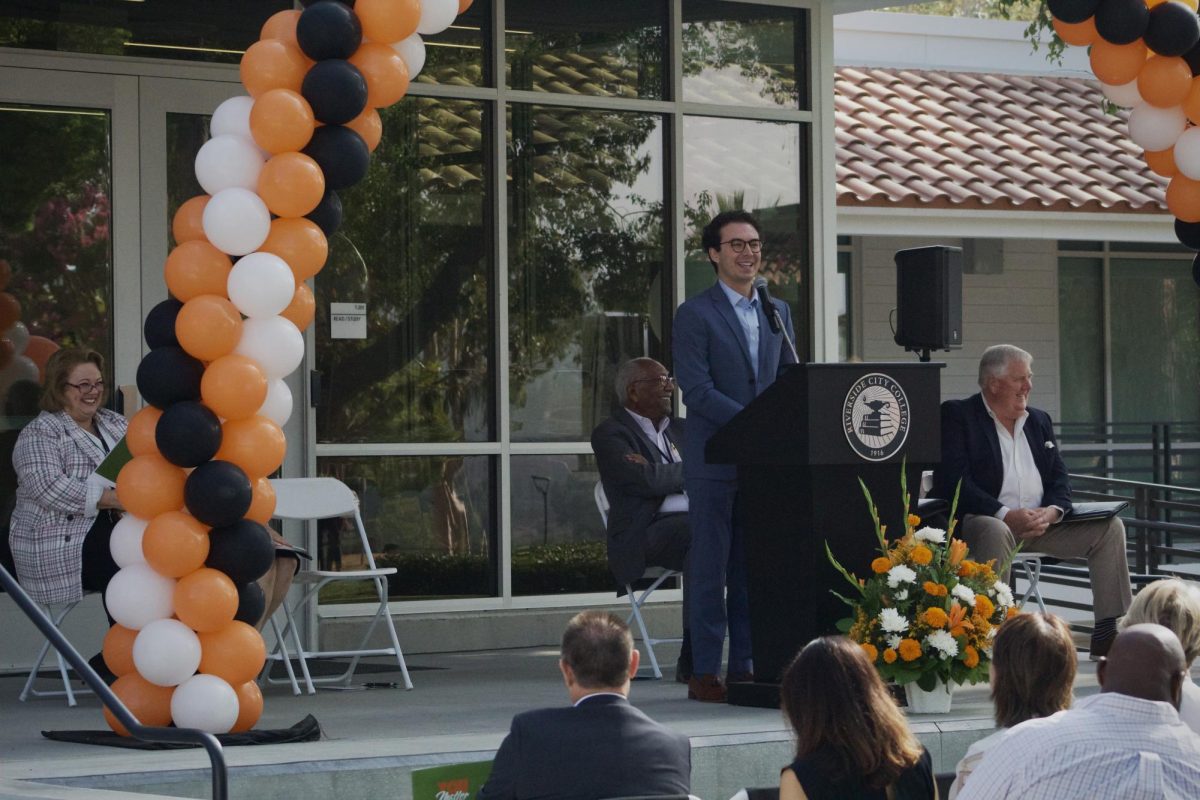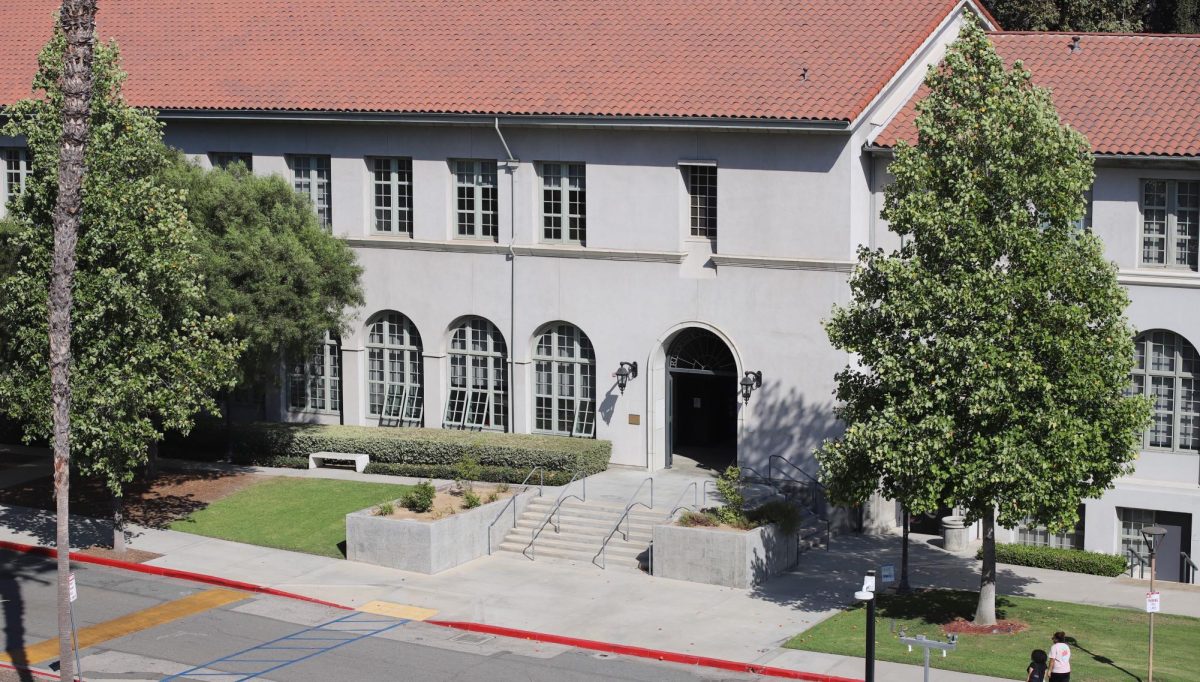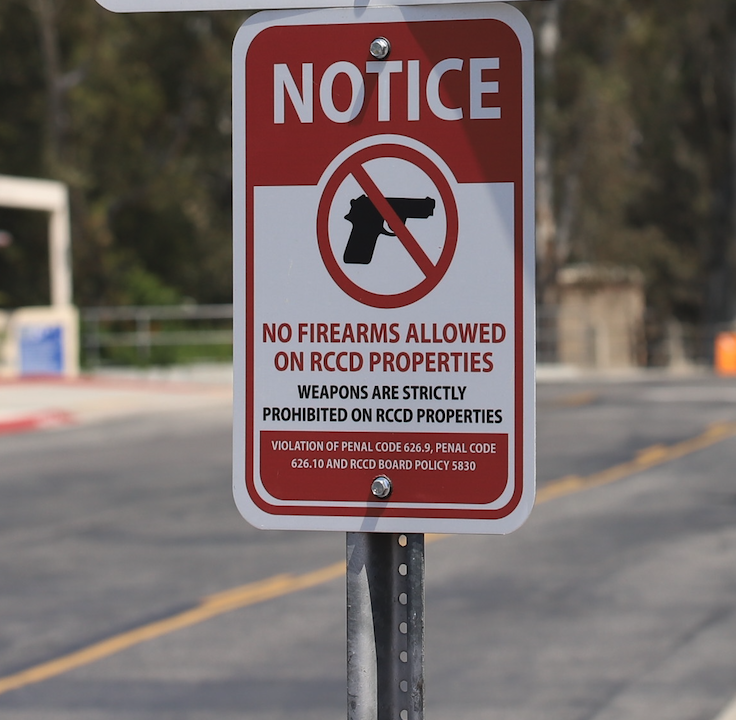By Joshua Burciaga
Columbine, Fort Hood, Texas, Tucson, Arizona, Aurora, Sandy Hook, Charleston, San Bernardino, Orlando night club and the Las Vegas massacre.
These are some of the few mass shootings that have taken place over the past 18 years and it’s difficult to imagine Riverside joining that list anytime soon.
However, as these mass shootings become more commonplace in the United States, we are starting to see that anyone is susceptible to becoming a victim of these horrendous acts of hatred.
In fact, Enrique Marquez, a former student at Riverside City College was arrested in December 2015 for supplying the weapons used in the San Bernardino shooting and for plotting another attack at RCC and on the 91 freeway.
It was through the effort of local law enforcement and government entities that Marquez’s attack never saw the light of day, according to an affidavit retrieved from the Federal Bureau of Investigation.
As the recent mass shooting in Las Vegas suggests, atrocities such as this can happen anywhere.
So this begs the question: How prepared is RCC for a mass shooting?
If 500 or more victims were to be injured in a mass shooting here at RCC, would the school have the resources available to help with the physical and psychological trauma that comes with such an event?
Kevin Wurtz, full-time faculty member and the mental health supervisor at RCC is confident in the school’s ability to gather the extra resources needed in order to help him combat the psychological trauma involved in a potential school shooting, but only temporarily.
“The problem here is, and this problem is everywhere, is that there’s no funding in general for mental health professionals and services,” Wurtz said.
Wurtz informs that out of the 114 community college campuses in the state, only 73 of them offer some form of psychological services and RCC happens to be one of them.
Wurtz points out that the Norco College and Moreno Valley College do not have any full-time faculty in regards to mental health professionals and that RCC is fortunate for having the psychological services that are offered to them.
“About 80 percent of individuals who go through a traumatic event won’t establish PTSD,” Wurtz said. “So for the 500 people who were injured in the Las Vegas shooting, at least 400 of them won’t develop PTSD.”
According to Wurtz, there are three main criteria involved with PTSD: You experienced a traumatic event, you witnessed a traumatic event, or you have a relative who either experienced or witnessed that traumatic event.
“One of the common problems with PTSD is that victims go through a dissociative moment which can easily be caused by any of the five senses,” Wurtz said. “Once you become triggered by a certain stimuli, it brings you back to the traumatic event that you experienced, which can be very intense for some people.”
People suffering from PTSD tend to avoid stimuli that reminds them of the event they went through.
Therefore, victims of a mass shooting on campus could have trouble reintegrating back to school due to the fact that being around a similar setting can trigger these dissociative moments.
Wurtz explains that isolation is a common symptom of PTSD, and that isolating yourself is the last thing a victim should do when they’ve been through a traumatic event.
“Being around those who have been through similar traumatic experiences helps with the recovery process,” Wurtz said.
Compared to the district’s two other campuses, RCC is more prepared in terms of psychological evaluations and maintenance, but what preventive measures are being taken to prepare the college?
Terry Welker and Henry Bravo are both certified trainers for the Community Emergency Response Team program on campus.
CERT is a branch of the Department of Homeland Security and helps to educate volunteers on disaster preparedness.
Welker and Bravo offer students and faculty with the lifesaving training needed in dangerous situations and they stress that being prepared for any emergency can be the difference between life and death.
“When it comes to these situations, many students and faculty make the assumption that the police will be there to assist them, but in the case of most mass shootings, most of the damage is done within two to five minutes,” Welker said.
Do not be mistaken. Local law enforcement will always be here to help those in dire need, but when confronted with an imminent threat, sometimes one has to take matters into their own hands.
Welker informs that the idea to hide is instinctive, but in the case of a mass shooting, there are instances where one needs to fight back.
They reference the Columbine High School Shooting and the fact that 12 students hid in the corner when the shooting started, which made them easy targets for the shooters to find.
“Depending on the gunshot wound, many people can survive being hit by nine bullets if they are placed all in the right spots,” Welker said.
“If those 12 students were to wait by the door to take the gunman down, yeah three or four students will get shot, but they increase their chances of survival by fighting back,” Bravo said.
Welker and Bravo report that the training they offer for the CERT program is free as long as participants work or live in the city of Riverside.
Even though many students and faculty are eligible to receive free training, only 35 faculty members have been trained on campus.
“Compared to the San Diego Community College District, which has 750 active members, our numbers are relatively low,” Bravo said.
Welker states that she will be more comfortable when there is a seven to one ratio of certified CERT members to students on campus.
The training that the CERT program provides helps individuals become mentally and physically prepared for almost any disaster.
Welker and Bravo also stress that it’s important to always be aware of your surroundings, and if something appears off, alert the appropriate authorities.
“According to statistics from the FBI, almost all shooters from major shootings target largely populated, congested areas,” Welker said. “So RCC’s library and cafeteria would most likely be targeted.”
Welker and Bravo suggests students and faculty to download the RAVE Guardian app that’s offered for free on most cellular devices.
“If students detect something suspicious, they can leave a tip on the app and that tip will pop up on the local police’s computer terminal,” Bravo said. “It may be false or it may be real, but this causes students to be more aware of what’s going on around them.”
If students and faculty truly want to be prepared for a mass shooting, both Welker and Bravo urges for more people to get involved, get training, practice that training and to share that information with their family and friends.
It will take a community that’s committed to public safety and the well being of others in order for RCC to be truly prepared for an imminent attack.




